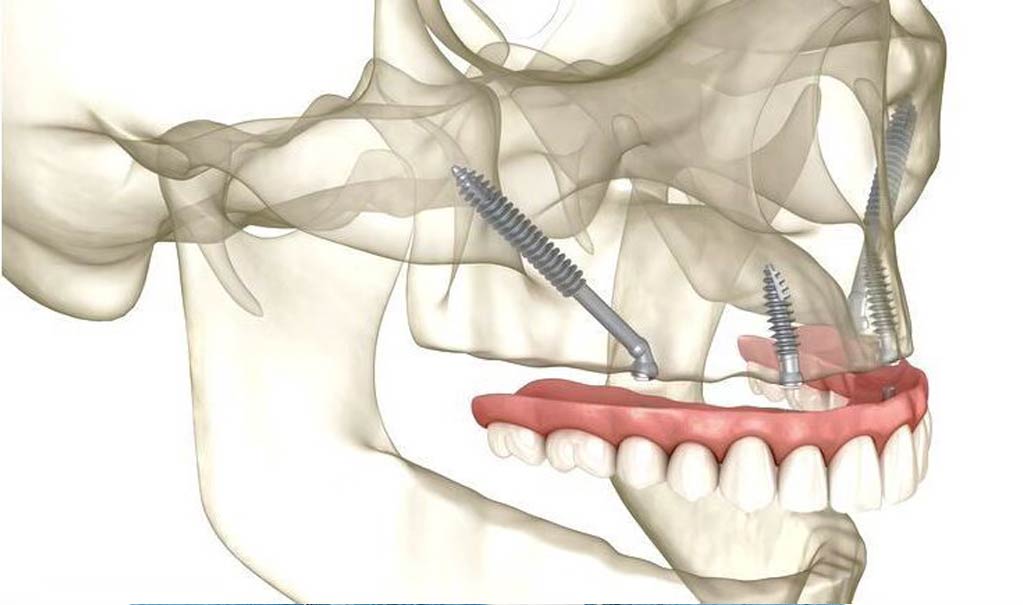Zygomatic implants

Benefits of zygomatic dental implants
- No bone grafting required, even in cases of severe upper jaw bone loss
- Faster treatment and recovery time compared to traditional grafting procedures
- Secure, long-lasting support for full arch restorations
Restores facial structure and improves appearance by supporting the mid-face area
- Immediate functionality, allowing many patients to receive temporary teeth the same day as surgery
Love your smile!
Your results matter to us!
Understanding Zygomatic Implants
Zygomatic dental implants are an important new option in dental surgery, especially for people who do not have enough bone in their upper jaw. Unlike regular implants that need a lot of bone for support, zygomatic implants are attached to the zygoma, which is the cheekbone. This gives a strong base even for those who have lost a lot of bone.
This new method has allowed many patients, who were not able to get regular implants before, to have a chance for treatment. In this guide, we will look closely at zygomatic dental implants, including how they work, their benefits and risks, and how much they cost.
Let’s explore this advanced dental solution and see how it can improve your smile and overall oral health.
What Are Zygomatic Dental Implants?
Zygomatic implants are special dental implants for patients with serious bone loss in the upper jaw. While traditional implants go into the jawbone, zygomatic implants are longer and go into the cheekbone. This gives a strong foundation for dental prosthetics, even when the upper jawbone is too weak for regular implants.
Zygomatic implants can often be placed without needing bone grafting, which makes the procedure faster and less invasive for patients with significant bone loss. This approach allows for full-mouth rehabilitation, helping individuals regain both function and appearance when they might not have been able to get dental implants before.
The Evolution of Zygomatic Implants
Zygomatic implants were first introduced in the late 1980s by Professor Per-Ingvar Brånemark, a leader in dental implants. They were initially made for patients with serious bone loss in the upper jaw due to issues like injuries, cancer, or birth defects.
Over the years, the use of zygomatic implants has grown to help more patients with severe bone loss. Improvements in technology and surgical techniques have made these implants more successful and have shortened recovery times. Today, zygomatic implants are seen as a trusted and effective option for full-mouth rehabilitation, giving hope to patients who could not receive traditional dental implants.
How Zygomatic Implants Work
Zygomatic implants work by being secured in the cheekbone instead of the upper jawbone. The process begins with a thorough evaluation, including scans to check the bone structure and plan where to place the implants. These implants are longer than regular ones so they can reach the strong zygomatic bone.
During the surgery, the implants are placed through the top part of the jaw and secured into the cheekbone, creating a strong base for replacement teeth. This setup allows for immediate use, which means that temporary replacement teeth can often be put in place on the same day as the surgery.
As time passes, the implants connect with the bone through a process called osseointegration, which helps them stay stable and work well for a long time. This method avoids the need for bone grafting, which shortens the recovery time and makes the procedure easier for patients who have serious bone loss.
Summary
In summary, zygomatic implants are a great option for people with upper jaw bone loss. They are placed directly into the cheekbone, allowing for quick recovery and immediate use of temporary teeth. This innovative approach helps patients regain their smiles and improves their oral health without the complications of traditional bone grafting.


